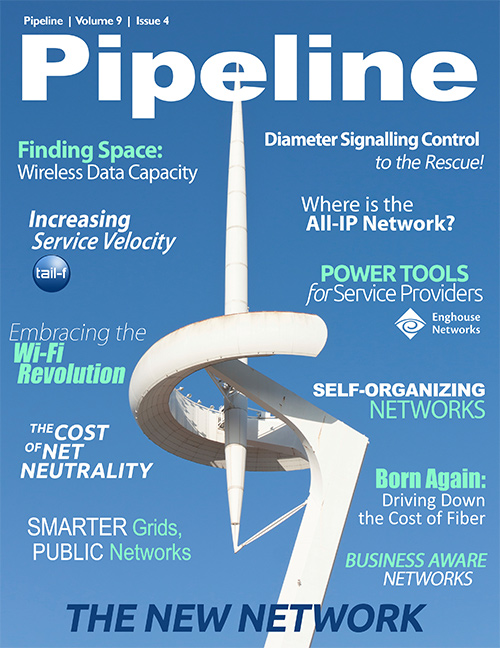Diameter Signalling Control to the Rescue
In fact, we estimate that networks need to be built from the start with the ability to support:
- Hundreds of thousands of messages per minute;
- Tens of millions on concurrent sessions; and
- Hundreds of millions of subscribers and devices
Further, we believe this can only be accomplished with a standalone DSR. In addition, a full-scale DSR allows for more effective signaling traffic management and gives operators more return on their investment in comparison to adding incremental features to other products.
Why a stand alone DSR?
Some vendors, however, try to incorporate Diameter routing functions onto other network elements, like MMEs. But this is impractical, because as the network traffic grows, it often becomes cost-prohibitive to add routing capacity to the MME. Additionally, managing multiple implementations of load balancing, congestion control, and message throttling becomes arduous and does not foster scalability. Incorporating routing into any individual endpoint node is by definition only a partial solution.
For all of these reasons, an independent DSR with the ability to centralize the implementation of functions like protocol mediation, message throttling, congestion control and load balancing becomes essential to building and growing all-IP networks. A standalone DSR helps prepare operators for rapid and unpredictable Diameter traffic growth, and provides protocol mediation and interworking functions that help manage 2G/3G-to-LTE and LTE-to-LTE roaming.
Ultimately, it is the DSR that mitigates signaling storms and hence preserves a positive customer experience. Because the DSR acts as the network’s central nervous system, it sees all Diameter traffic and makes decisions regarding load balancing and congestion control based on its knowledge of the entire network, as opposed to a specific segment of the network. As new services, devices and usage patterns place higher demands on networks, the DSR will remain essential for anytime, anywhere services to become a reality.





















